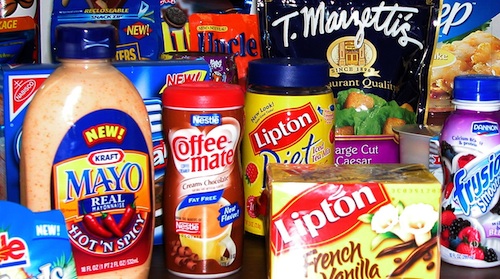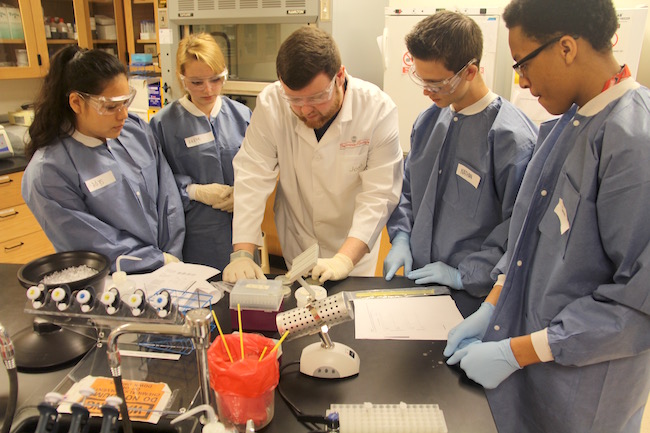It’s hard for adults to keep New Year’s resolutions to get in better shape after the holidays. It can be more complicated to help a child learn better nutrition and exercise habits.
Childhood obesity is a major issue facing thousands of Georgia children. But research shows that the earlier a family makes changes to promote a healthy lifestyle, the more successful children will be in adulthood.
Making healthy lifestyle changes can be a family affair when adults and children adopt healthy habits that can improve their health and their quality of life.
The American Academy of Pediatrics (AAP) recommends the following behaviors to promote healthy weights for American children. Most of these tips could can be adopted by adults as well.
- Make it a top priority to eat fruits and vegetables. Vegetables and fruits are low in energy density and high in nutritional value. Get a customized food plan for each member of your family at www.choosemyplate.gov/myplate/index.aspx
- Limit sweet drinks. The average child consumes 400 calories per day from beverages. And they do not eat fewer calories at the next meal to compensate for these liquid calories. Have water available at all times at home and school. The AAP specifically does not recommend energy drinks for children and teens and suggests only student athletes, who exercise hard for over an hour, drink sports drinks during and immediately after their workouts.
- Limit television, computer and phone time. For children less than 2 years of age, there should be NO screen time at all. After that age, less than 2 hours per day is best. This includes computer time, TV watching and phone use. Keep TVs and computers out of your child or teen’s bedroom.
- Eat breakfast daily. Breakfast raises metabolism and improves school performance. It also curbs overeating later in the day.
- Limit eating out, especially at fast food restaurants. This will help with portion control and fat, sodium and calorie intake.
- Eat together as a family as much as possible. Typically meals made at home and served to the family are higher in nutritional value than meals eaten alone or out. There are also psychological benefits.
- Limit portions sizes. Allow younger children to serve themselves. Often they will take less than an adult would put on their plates. Do not put serving dishes on the table so seconds are not automatic. Use smaller plates, bowls and cups.
- Consume foods rich in calcium. Low fat or reduced fat dairy foods tend to promote a feeling of satiety. Also other calcium-rich food like soy milk, breakfast cereals fortified with calcium and greens are good for kids.
- Promote moderate to vigorous physical activity for at least 60 minutes per day. Include both structured activity like sports, dance class or martial arts and unstructured play like jump rope, tag, skating, swimming or just walking or biking to school.
- Limit calorie-dense foods and select foods that are balanced in carbohydrates, protein and fat. Eat and offer more vegetables and fruits, whole grains, lean meat, poultry and fish, and low fat or non-fat dairy foods. Limit calorie-dense foods like candy, pizza, fried foods, desserts and salty, high fat snacks.
- Do not gain too much weight during pregnancy and breast feed your baby. Pregnant women who gain too much weight increase the risk that their offspring will become overweight. Also the AAP encourages exclusive breastfeeding for the first 6 months of a baby’s life and continued breastfeeding after solid food is introduced.
For more information on developing healthy eating and exercise habits from University of Georgia Extension visit www.fcs.uga.edu/newfacs/fdn/wellnessfirst/ .






